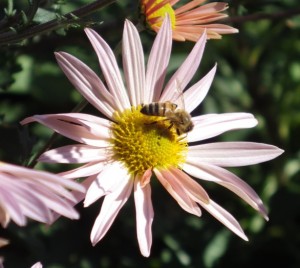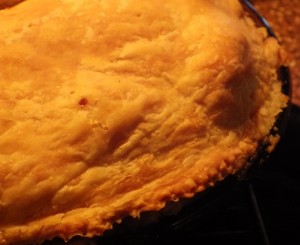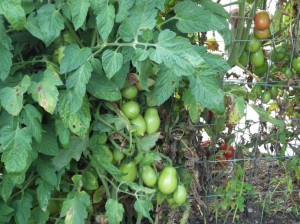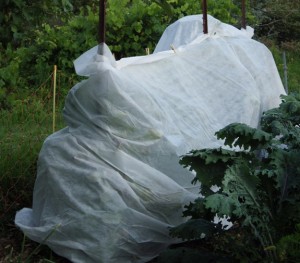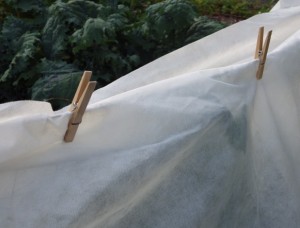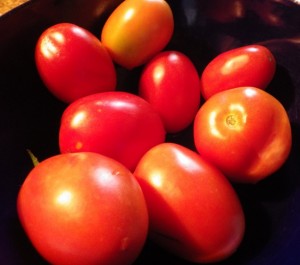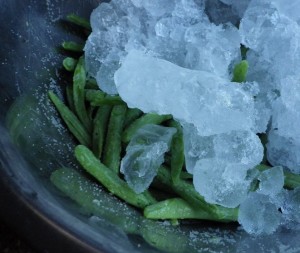 If you live in the USA, this Tuesday, November 4th is Election Day. (If you don’t live in the USA, then your election system is totally different and you can go and make yourself a cup of tea or something perhaps stronger while I harangue everyone else)
If you live in the USA, this Tuesday, November 4th is Election Day. (If you don’t live in the USA, then your election system is totally different and you can go and make yourself a cup of tea or something perhaps stronger while I harangue everyone else)
Why am I bothering to get up on my soapbox at this point?
Well, if you have been following the news, there are states where legislatures, dominated by a certain political party, have decided to put into place rules for voting now that frankly are preventing people from voting. People who are US citizens, but who are young. People who are US citizens, but who are female. People who are citizens but who are elderly. People who are US citizens but whose skin is perhaps a different color or they are perhaps speaking a different language at home.
This is wrong. Thousands upon thousands of people in the United States have marched, fought, been incarcerated and died to get the right to vote, to have a voice, and to have their opinions heard and counted. It took women in the US for example, seventy years to get the right to vote (and frankly, it’s all tied up with the movement to outlaw selling of alcohol in this country, but I’m not going to go into that here).
And there are people in power in this country who frankly would much rather that you…just…don’t..bother to vote on Tuesday. They’d rather discourage you from voting.
Because if you don’t vote, then that is one less voice saying, “I don’t agree with you; I think you are wrong.”
 So, go and vote on Tuesday. Make the time to vote. If you’ve got little kids you care for at home, then frankly, take them to vote with you. Let them SEE the process. Let them SEE you vote. That is important, that they know that you voted. If you see neighbors or friends tomorrow, ask them, “You’re going to go vote, right? I’m going to vote. It’s important.” Because people sometimes need that little encouragement to take the time, on the way to work, or the store or whatever, to go and cast their votes. Local races are important – sometimes the most important ones because local and state races effect you more at the local level than national races do.
So, go and vote on Tuesday. Make the time to vote. If you’ve got little kids you care for at home, then frankly, take them to vote with you. Let them SEE the process. Let them SEE you vote. That is important, that they know that you voted. If you see neighbors or friends tomorrow, ask them, “You’re going to go vote, right? I’m going to vote. It’s important.” Because people sometimes need that little encouragement to take the time, on the way to work, or the store or whatever, to go and cast their votes. Local races are important – sometimes the most important ones because local and state races effect you more at the local level than national races do.
So, make the time to go and vote. A lot of people are going to vote this year because they are concerned that if they don’t vote, this might have been the last chance they ever got to vote. So, there might be long lines (a good reason to go first thing in the morning, BEFORE you have that cup of coffee, eh?) and you don’t want to get left out.
Vote as if your life and the lives of your neighbors and friends and your kids and their kids and your grandkids depended on it.
Because, in truth, it actually will.
Peace, people.
(images courtesy of The Christian Science Monitor, AP/Lynn Sladsky)
 And a good, good day to everyone, wherever you are. This has been a very busy week in the garden for the DH and your Aunty. Not for choice necessarily, but sometimes you have to get things done before the weather gets colder, or rainier or something else (yes, what is on that kale is SNOW – it was 27 degrees F this morning. I think we can safely say that winter is coming).
And a good, good day to everyone, wherever you are. This has been a very busy week in the garden for the DH and your Aunty. Not for choice necessarily, but sometimes you have to get things done before the weather gets colder, or rainier or something else (yes, what is on that kale is SNOW – it was 27 degrees F this morning. I think we can safely say that winter is coming).




